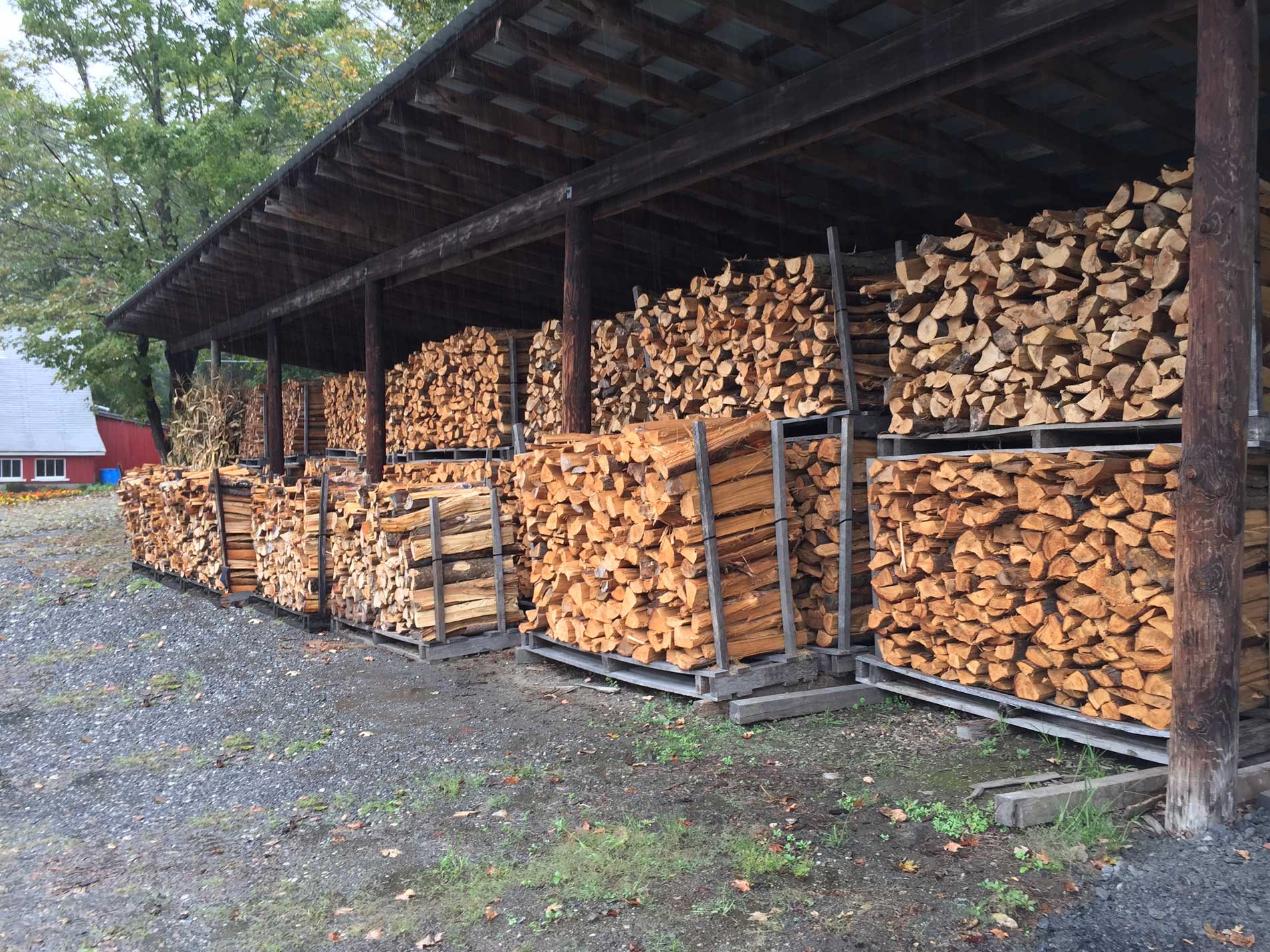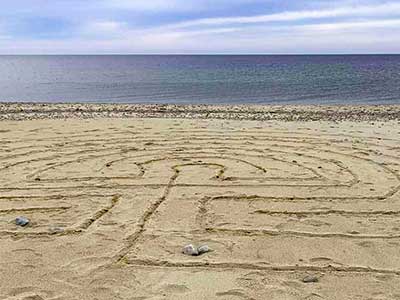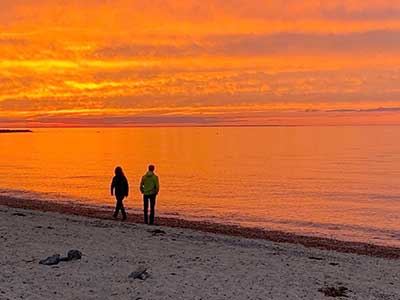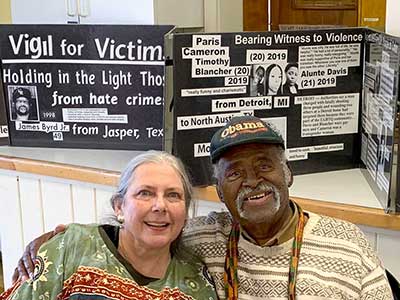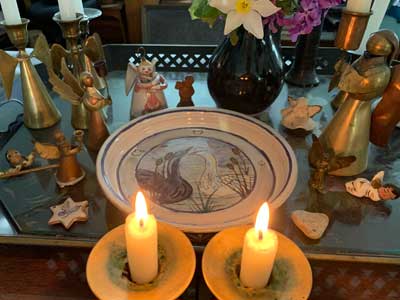by Alexis Clark | February 2019
Blackface began in the US after the Civil War as white performers played characters that demeaned and dehumanized African Americans. The portrayal of blackface–when people darken their skin with shoe polish, greasepaint or burnt cork and paint on enlarged lips and other exaggerated features, is steeped in centuries of racism. It peaked in popularity during an era in the United States when demands for civil rights by recently emancipated slaves triggered racial hostility. And today, because of blackface’s historic use to denigrate people of African descent, its continued use is still considered racist. “It’s an assertion of power and control,” says David Leonard , a professor of comparative ethnic studies and American studies at Washington State University. “It allows a society to routinely and historically imagine African Americans as not fully human. It serves to rationalize violence and Jim Crow segregation.”
TAGS: [Collective Action] [2010’s] [History] [Systemic Racism] [Civil War] [White Supremacy] [White Culture] [White Privilege] [Art & Culture] [Assumptions] [Myths] [White Blindness] [Social Justice] [Economics]
*Paywall Alert
by Brenda Richardson | June 2020
A decades-old housing policy known as redlining has had a long-lasting effect on American society and the economic health of Black households in particular, according to a new report by Redfin real estate brokerage. The racist 1930s-era policy that was outlawed in the 1960s effectively blocked Black families from obtaining home loans and remains a major factor in the country’s already substantial wealth gap between Black and white families. The typical homeowner in a neighborhood that was redlined for mortgage lending by the federal government has gained 52% less—or $212,023 less—in personal wealth generated by property value increases than one in a greenlined neighborhood over the last 40 years. Black homeowners are nearly five times more likely to own in a formerly redlined neighborhood than in a greenlined neighborhood, resulting in diminished home equity and overall economic inequality for Black families.
TAGS: [Collective Action] [2020’s] [Racial Covenants] [Systemic Racism] [Economics] [Housing] [White Supremacy] [White Culture] [White Privilege] [History] [Denial] [Politics] [Justice System] [Policing] [Reparations] [Employment] [Social Justice]
by Ishena Robinson | December 2020
Dr. Susan Moore died days before Christmas at 52, after a protracted battle to get racially equitable treatment at Indiana University Health North Hospital (IU), according to videos she posted on social media about her experience. In a press release from Indiana University Health, Murphy claimed that the nursing staff who cared for Dr. Moore—who she said left her unattended for hours without the pain medication she had to fight to receive—were likely “intimidated” by Moore as a patient.
TAGS: [Collective Action] [2020’s] [Health Disparities] [Systemic Racism] [Black Lives Matter] [Advocacy] [Implicit Bias] [White Privilege] [Individual Change] [Accountability]
by Hen Mazzig | October 2020
Von Schlegel draws her definition of indigenous peoples from the United Nations, which defines the term as inheritors of unique cultures who have retained social, cultural, economic and political characteristics distinct from those of the dominant societies in which they live. She noted how indigenous peoples have sought recognition of their identities, lifestyles and their right to ancestral lands throughout history, but their rights have continuously been violated by empires, nation-states and external colonial powers. … As a member of both communities, von Schlegel has experienced firsthand how Pueblo People and Jews share ritual practices of giving thanks for the food, land, knowledge and other gifts from our Creator. In particular, she believes what Jews do every Friday, as we ritually welcome in the “Angels of Peace” to mark the beginning of Shabbat, resembles customary native rituals of welcoming spirits or ancestors.
TAGS: [Collective Action] [Indigenous] [2020’s] [History] [Systemic Racism] [Advocacy] [Social Justice] [Economics] [Politics] [Faith-Based/Spiritual] [Denial]
by Alan Gomez, Wyatte Grantham-Philips, Trevor Hughes, Rick Jervis, Rebecca Plevin, Kameel Stanley, Dennis Wagner, Marco della Cava, Deborah Barfield Berry, and Mark Nichols | October 2020
As the country cries out for a vaccine and a return to normal, lost in the policy debates is the reality that COVID-19 kills far more people of color than white Americans. This isn’t a matter of coincidence, poor choices or bad luck — it’s by design. A team of USA TODAY reporters explored how the policies of the past and present have made Black, Asian, Hispanic and Indigenous Americans prime targets for COVID-19. They found: America’s education and economic systems are still unequal, disproportionately leaving people of color out of higher-wage jobs. When COVID-19 struck, more people of color were serving as essential workers directly in the path of the virus.
TAGS: [Collective Action] [Health Disparities] [2020’s] [Black Lives Matter] [Indigenous] [Asian] [Latino/a] [Economics] [Employment] [Systemic Racism] [Denial] [History] [Social Justice] [Politics] [Justice System] [White Privilege] [White Culture] [White Blindness] [Housing] [Slavery] [Racial Covenants] [Environment] [Silencing POC]
by Akilah Johnson and Nina Martin | December 2020
They were pillars of their communities and families, and they are not replaceable. To understand why COVID-19 killed so many young Black men, you need to know the legend of John Henry. Bates was only 36, too young to be at risk for COVID-19, or so the conventional wisdom went. He attributed his malaise to allergies and pushed forward with his second full-time job, as head pastor of Forest Aid Baptist Church, working on his Sunday sermon between naps. Online church was a new concept to his parishioners, and during the next morning’s service, he had to keep reminding them to mute their phones. As he preached about Daniel in the lion’s den — we will be tested, but if we continue to have faith, we will come through — he grimaced from the effort. That night he was burning up with fever. Five days later he was on a ventilator; five days after that, he died.
TAGS: [Collective Action] [2020’s] [Health Disparities] [History] [Black Lives Matter] [Systemic Racism] [White Blindness] [Economics] [Denial] [Social Justice] [Slavery] [Housing] [Employment] [Intersectionality] [-ing While Black] [White Privilege] [White Culture]

